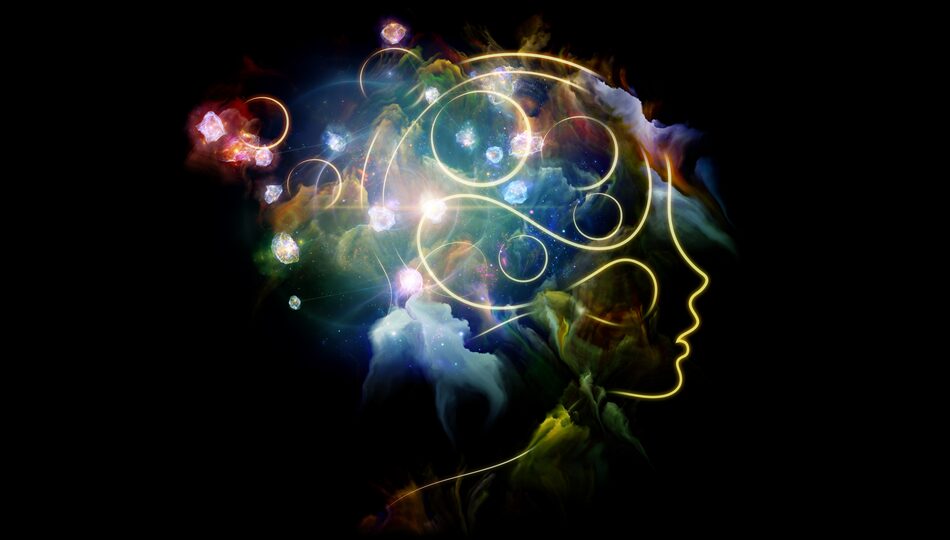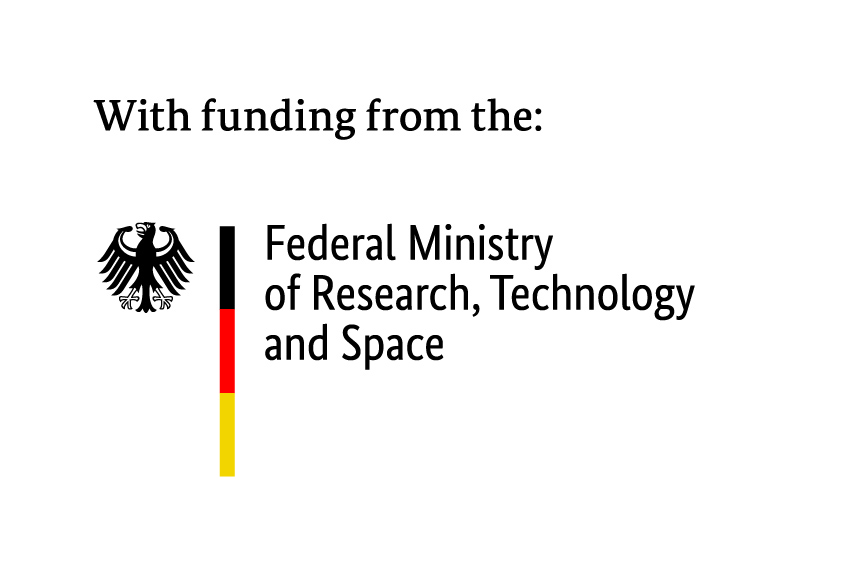Dresden Science Night 2025
Visit ScaDS.AI Dresden/Leipzig at Dresden Science Night 2025 on June 20, 2025! From 5pm until midnight, we will give you interesting insights into our research. What is Artificial Intelligence (AI)? How do AI technologies change our everyday lives? Which chances and risks are associated with AI? We will answer all of those questions and more for you – come around to find out for yourself!

Program
Living Lab: Get familiar with our demonstrators
At Dresden Science Night 2025, the Living Lab opens its doors for interested people of all age groups. We present seven demonstrators, that introduce you to topics such as Artificial Intelligence, Machine Learning, Image Segmentation, Virtual Reality (VR), Large Language Models (LLMs), and much more! Our scientists are looking forward to introduce you to cutting-edge technology and answer your questions.
This time, we dedicate each hour to one of our demonstrators. Missed the specified time? No problem! Our team will be happy to give you an insight into the demonstrator of your choice at another time as well.
Experience the symphony of your emotions! An interactive Emotion Recognition demo transforms your facial expressions into musical notes in real-time, creating a personalized melody based on how you feel.
Science and art collide as cutting-edge Artificial Intelligence (AI) interprets your emotions and visualizes them in an immersive 3D space. Discover the sounds of your smile, the tunes of your thoughts, and the harmony of human expression
How does a computer learn to classify things into categories, such as animals into the groups “fish”, “mammals” and “birds”? How exactly does this work in machine learning?
We slip into the role of a computer ourselves and find out how it learns from data step by step. What happens when it’s not quite clear? We see how the computer solves tasks that often seem quite simple to us humans
It is estimated that between 10 and 17 million people in Germany have reading difficulties, including functional illiterates and people with reading and writing disorders and mental impairments. In the course of internationalization, the number of non-native speakers has also increased in recent years. All of these people could benefit from texts written in easy-to-understand language.
Get to know the “Klartext”, a software that makes it possible to translate (scientific) website content into easy-to-understand language. Target groups include the general public, journalists, students and academics as well as experts from industry.
What facts do large language models believe in? chatGPT and co. are impressive in many applications, but what facts are their answers based on? In the GPTKB project, researchers extract and visualize massive amounts of facts from large language models.
Large language models (LLMs) have greatly advanced artificial intelligence (AI) and natural language processing (NLP). In addition to their ability to perform many different tasks, their great success lies in the fact that they have a lot of factual knowledge. For years, researchers have always been interested in how much these models really “know”, but previous methods only work with small, pre-selected data, which leads to an “availability bias” (Tversky and Kahneman), meaning that researchers often only discover what they already expected – and may miss a lot.
To solve this problem, we have developed a new method with which we can systematically and comprehensively capture the knowledge of an LLM. To do this, we ask it many questions and intelligently summarize the answers.
As a test run, we used GPT-4o-mini to create GPTKB – a huge collection of knowledge with 101 million facts about 2.9 million subjects. Best of all, we did the whole thing for just 1% of the cost of previous projects!
GPTKB is a significant step forward in two areas: First, it helps to better understand how LLMs “think” and what facts they know. Secondly, it shows new, efficient ways to create large knowledge collections.
The precise observation of the traffic situation in autonomous driving or the detection of diseases on X-ray images – there are more and more practical applications in which computers have to “see”. But how does this work?
Distinguishing objects from one another in images is a very difficult task for computers – because an image only consists of a number of pixels. These pixels are arranged in a grid, which the computer can break down into individual parts in order to assign individual pixels to an object in the image – for example a tree trunk, the crown of a tree or the sky in the background. In this process, similar pixels remain together, while pixels that differ from each other are separated. In this way, the computer is able to distinguish individual objects from one another.
The multicut problem in computer science describes the task of cutting up a network of pixels as perfectly as possible – a major challenge! Researchers at TU Dresden have developed an algorithm that can solve this task as efficiently as possible. Compete against the computer and try to solve the problem yourself in our multicut game. Various levels of increasing difficulty are available. Can you find the best solution?
Climate change is causing a change in global weather conditions. As temperatures rise, extreme weather events are becoming more frequent and their effects more severe, such as flooding. We are investigating the connection between climate change and flood risks. One of these research projects is FloodVis. FloodVis lets you experience 25 different flood scenarios in a virtual city.
We offer you a protected space to move around in a virtual city at the time of flooding. You have the opportunity to experience the effects of the flood over time. FloodVis not only shows the status of the flood, but also displays the damage to buildings in an impressive way.
FloodVis is an experience in virtual reality (VR).
How do machines learn? We present asanAI – a software with which you can experiment with machine learning without any prior knowledge.
We will give you a comprehensive introduction to our open source software asanAI and answer all of your questions so that you can continue working on your own from home afterwards. All you need is an internet-enabled laptop or cell phone to train an AI model on your own images, webcam data, CSV files or any tensor data for your use case – without ever leaving your browser.
Location
TUD Dresden University of Technology
Faculty of Computer Science
Andreas-Pfitzmann-Bau
Living Lab | Room 1020
Nöthnitzer Straße 46
01187 Dresden
Further Recommendations
| 5–10 p.m. | Statistics, traffic jam research and artificial intelligence up close Unit: “Friedrich List” Faculty of Transport and Traffic Sciences, Econometrics and Statistics, esp. in the Transport Sector (PI Okhrin) |
| 5–10:30 p.m. | Guided visit of the Computing Center of TU Dresden (LZR) Unit: CIDS, Information Services and High Performance Computing (ZIH) |
| 5–11 p.m. | Computer science for all at the EduInf of TU Dresden Unit: Faculty of Computer Science, EduInf |
| 5–11 p.m. | //DataSpaces. Experience Science. Goes SLUB Makerspace Unit: CIDS, Interactive Science Lab |
Dresden Science Night 2025
Registration is not required to participate. Participation is free of charge and interested people of all age groups and levels of experience are highly welcome to join the event. Learn more on the official website of Dresden Science Night.


